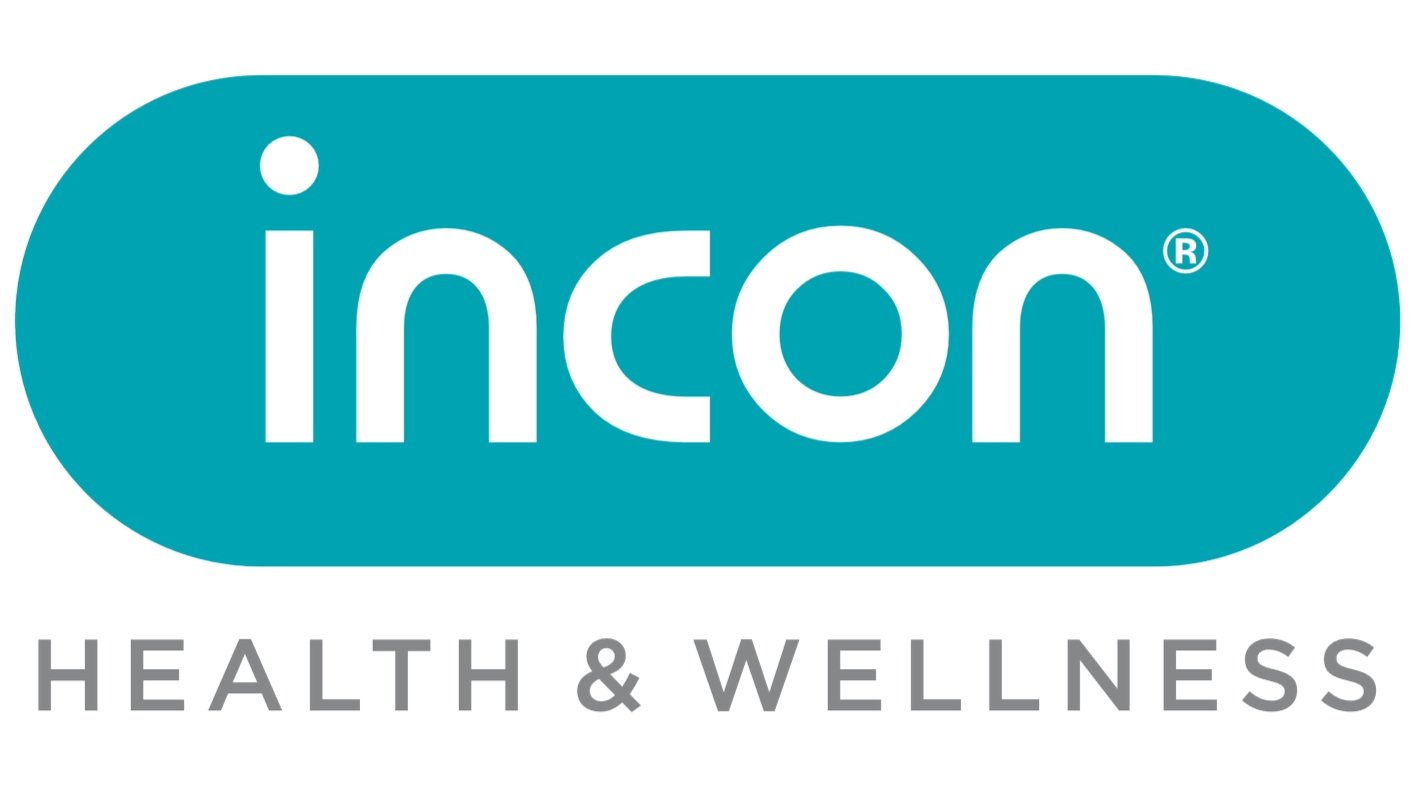The changing scope of OHS
Shaping Future OHS Strategies: A Holistic Approach to Employee Well-being
The future of Occupational Health and Safety (OHS) is evolving beyond traditional physical safety measures. To foster healthier, more productive workplaces, businesses must integrate mental health, physical well-being, and workplace flexibility into their OHS strategies. By doing so, companies can build safer, more resilient environments that support employees' overall well-being.
A Holistic Approach to OHS
As work environments change, the scope of OHS must expand. It is no longer enough to only address physical risks like accidents and injuries. The modern workforce requires a more comprehensive approach that considers mental health and work-life balance alongside physical safety. Future OHS strategies will need to encompass all these aspects to ensure a fully supported and engaged workforce.
1. Integrating Mental Health into OHS
Mental health is becoming just as important as physical safety. Employees today face rising levels of stress, burnout, and mental health challenges, which can significantly impact their productivity and overall well-being. Incorporating mental health into OHS strategies involves offering employee assistance programs (EAPs), stress management training, and providing mental health first aid. By ensuring that employees have access to these resources, businesses can create a more supportive and resilient workplace.
2. Prioritising Physical Safety Beyond the Basics
Physical safety is still a crucial component of OHS, but it needs to evolve to meet the demands of modern workplaces. As more companies adopt hybrid and flexible work models, businesses must consider employee health in both office and remote settings. Future OHS strategies will include ergonomic workstations, safe home office setups, and sustainable office designs that encourage movement and reduce the risk of long-term health issues. It’s about creating environments where employees can be productive and safe, no matter where they work.
3. Workplace Flexibility and Its Impact on Safety
Workplace flexibility has become a critical factor in employee well-being. Offering flexible hours, remote work opportunities, and mental health days are essential components of a forward-thinking OHS strategy. These measures help employees manage stress and maintain a healthy work-life balance, improving overall well-being and job satisfaction. Future OHS strategies will need to support both in-office and remote employees with safety protocols that ensure their health—whether through proper ergonomics, flexible work schedules, or mental health support.
Creating a Culture of Engagement and Productivity
A holistic OHS approach doesn’t just focus on safety; it also promotes a culture of engagement. By addressing both physical and mental health, businesses foster an environment where employees feel valued, supported, and motivated. Companies that invest in employee well-being see higher engagement, lower turnover rates, and improved productivity. A healthy, engaged workforce is more likely to stay loyal to the company, perform well, and contribute to a positive company culture.
Conclusion
The future of OHS lies in creating a more integrated approach that focuses on the complete well-being of employees—mental health, physical safety, and flexibility. By embracing this holistic approach, businesses can ensure a safer, healthier, and more productive workforce. Companies that adapt their OHS strategies to meet the evolving needs of their employees will not only stay ahead of regulatory requirements but also build a culture that supports long-term success.

